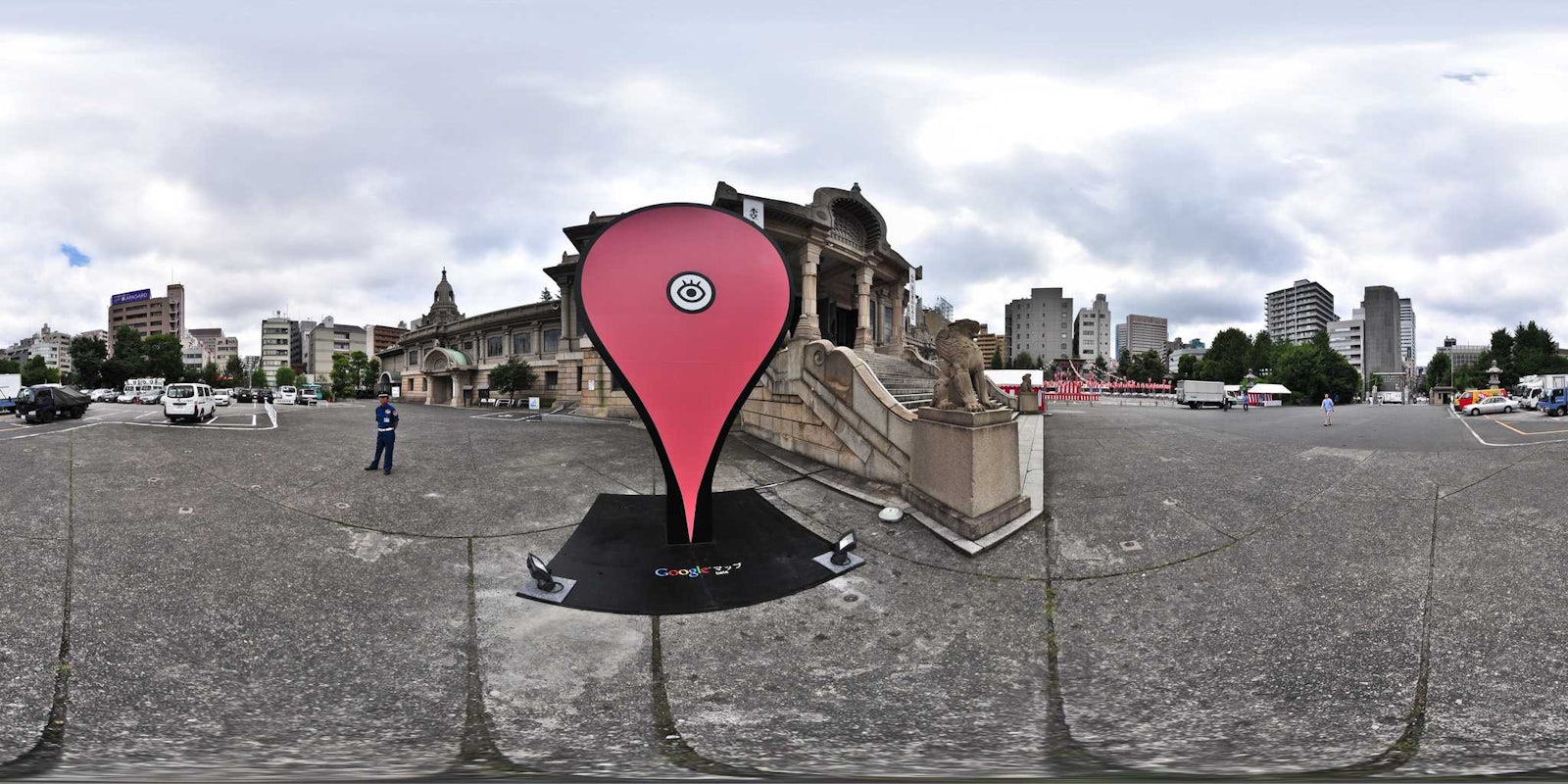Google has found itself latched in a crossfire after the internet astutely observed that “Palestine” is nowhere to be seen on Google Maps.
Well, the country can be located, but only after it is led to a region solely labeled as “Israel“—with territories like Gaza maintaining a label—and it pulls Google into the heart of the Israeli-Palestinian conflict.
Though the phenomenon has gained substantial traction in the last few days, Google Map’s decision not to label Palestine is not new news.
The months-old Change.org petition by Zak Martin, GOOGLE: Put Palestine On Your Maps!, has garnered more than 220,000 supporters, with a mountain of signature rises in the last few days following an online statement by the Palestinian Journalists’ Forum on Aug. 3.
Martin’s campaign states, “Whether intentionally or otherwise, Google is making itself complicit in the Israeli government’s ethnic cleansing of Palestine,“ and it hopes to raise 300,000 signatures to earn Palestine a spot on the map. The PJF condemned Google for what it believes is a “crime” of “deleting the name of Palestine” and “falsifying history” on July 25.
But according to Elizabeth Davidoff, Google’s communications manager, Palestine was never marked in the first place. “There has never been a ‘Palestine’ label on Google Maps,” Davidoff told the Daily Dot. “However we discovered a bug that removed the labels for ‘West Bank’ and ‘Gaza Strip.’ We’re working quickly to bring these labels back to the area.”
Google’s basemap data—which includes information like place names, borders, and road networks—comes from a combination of third-party providers and public sources. This helps Google produce a comprehensive map, but it also means the amount of data can vary from place to place.
Google said it would be happy to study other potential data sources to determine if they’re of good enough quality to bring to the map.
Whether Google tinkered with its geographic labeling or Palestine was never given a title in the first place, the internet has caught on. Many Twitter users are expressing indignation and are unforgiving of Google’s decision. #PalestineIsHere has made its way to a trending hashtag, exhibiting solidarity with the country and delegitimizing Google Maps as a source.
https://twitter.com/lebyrian/status/763081267810279424
https://twitter.com/AfroArabian_/status/763079584204161024
https://twitter.com/FatihYagciResmi/status/762997763017695232
Palestine exists; our history, culture and our grandparents are all older than Israel itself and Google cant erase that #PalestineIsHere
— dana thee palestinian (@danalobad) August 9, 2016
https://twitter.com/VanguardTNT/status/762303533144166400
https://twitter.com/dearmrchrist/status/761935743472115712
https://twitter.com/ranaaa_d/status/763061268316061696
#bringpalestineback erasing Palestine off of google maps won’t erase the roots of Palestinian people who will fight for their country
— tasmi (@tasmiimlak) August 9, 2016
RACİST GOOGLE @google
— Muhammed Enes Kılınç (@iamenes1) August 9, 2016
Where is palestine #PalestineIsHere pic.twitter.com/Bi2sKuBX3l
Others have expressed that the lack of labeling is not unjust, debating with activists on Palestine’s placement on the map overall.
https://twitter.com/1Obefiend/status/762912080584384512
Google erased #Palestine because it was never there. Be realistic
— Dr. saab (@wahnawab) August 9, 2016
There is no such thing as Palestine in history. Palestine was a hoax fabricated by Muslims #Taqiyya #WeSeeYou https://t.co/AZMlJBo6LZ
— Amy Mek (@AmyMek) August 6, 2016
This is not the first time Google Maps has flirted with its treatment of borders and boundaries. The website Disputed Territories catalogs Google’s dealings of controversial land and territorial disputes by showing how different regions look depending on who’s trying to locate them.
Much of the debate and conflict lies deep within the confines of historical, political, and geographical unrest. It may not be the case that Google Maps wiped Palestine off the map, but as one of the world’s top go-to GPS navigations, it holds accountability as to how the world interprets states, nations, and our overall worldview.


